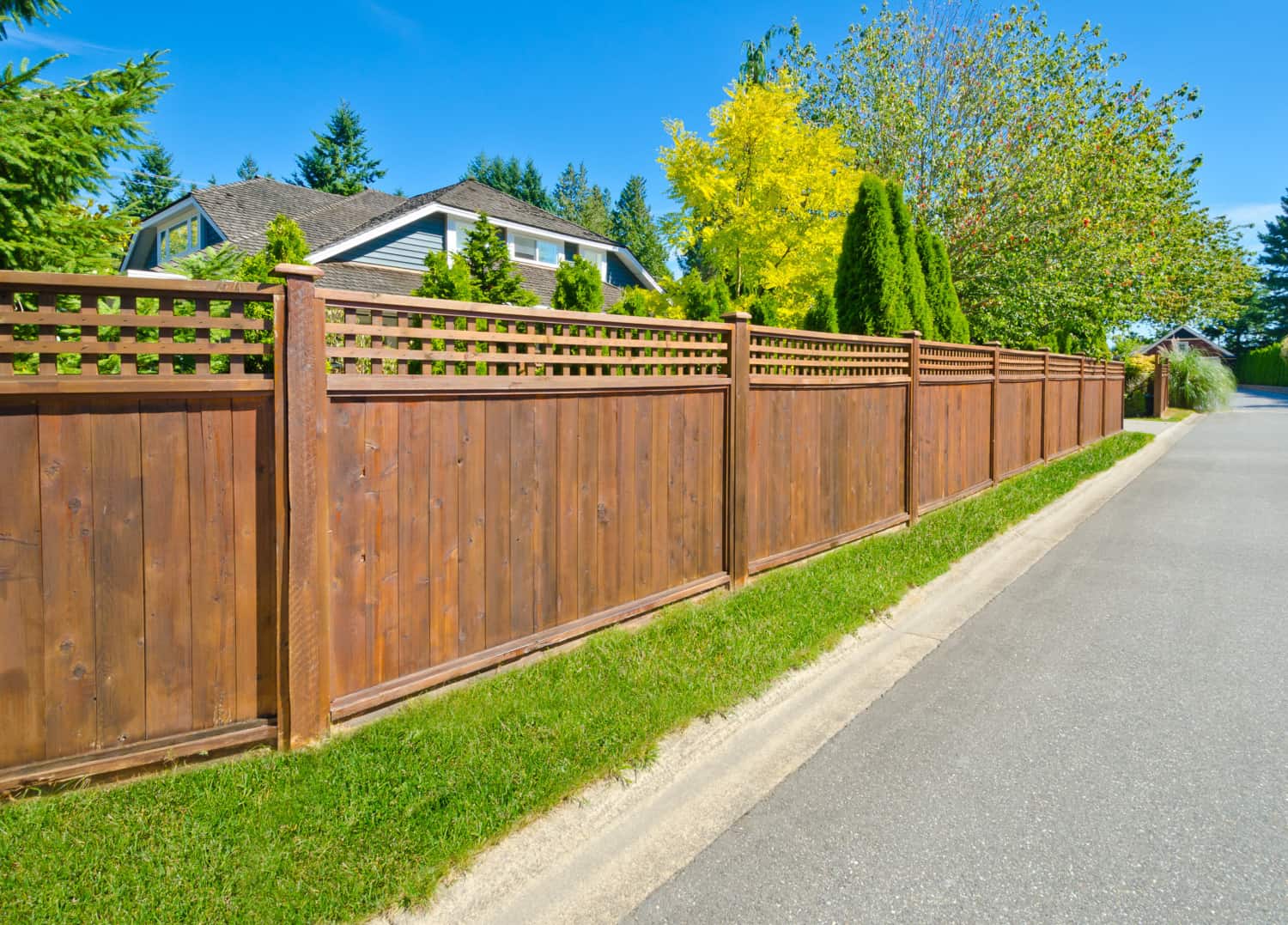All Categories
Featured

Picking the appropriate fencing product is vital for attaining the equilibrium of toughness, aesthetics, and performance that fits your building. Timber, plastic, and aluminum are prominent selections, each with one-of-a-kind features that deal with details needs. Below's an in-depth check out the benefits and disadvantages of these three products.
Wood Fencing. Pros:. Classic Allure: Timber uses a natural, classic look that enhances various architectural designs. Customizable: It can be repainted or stained in a variety of design and colors. Affordable: Timber fences are often cheaper in advance than plastic or light weight aluminum. Eco-Friendly: As a renewable source, wood is naturally degradable and sustainable when sourced responsibly. Disadvantages:. Maintenance-Intensive: Requires normal staining, painting, or sealing to safeguard versus weather condition and bugs. Shorter Life Expectancy: Relying on the sort of timber and environment, it typically lasts 10-15 years. Vulnerability to Damage: Prone to decaying, bending, and termite damages without appropriate care. Wood is excellent for home owners that value aesthetics and want to invest effort and time in upkeep to extend its life.
Plastic Secure Fencing. Pros:. Long lasting: Resistant to parasites, rot, and climate, plastic maintains its structure in rough conditions. Reduced Maintenance: Needs little upkeep past occasional cleaning. Long Life expectancy: Plastic can last 20-30 years without substantial wear or damages. Versatile Designs: Available in different shades, structures, and designs, consisting of alternatives that simulate wood. Disadvantages:. Costly Installment: Plastic fences are much more expensive to install compared to timber. Brittle in Winter: Plastic can break in severe cold climates. Hard to Fixing: If damaged, entire areas may need substitute, which can be testing to match. Plastic fencing is a terrific choice for those prioritizing long life and very little maintenance, even if it features a higher upfront price.

Aluminum Fencing. Pros:. Rust-Resistant: Light weight aluminum does not rust, making it excellent for damp or damp areas. Strong however lightweight: Offers toughness without being excessively hefty, which streamlines setup. Low Upkeep: Calls for bit even more than cleansing and periodic repainting. Long life: Light weight aluminum fences can last for decades without significant damage. Classy Layouts: Frequently made use of for ornamental functions, aluminum adds refinement to any home. Cons:. High First Price: Aluminum fences are amongst the extra expensive options. Minimal Privacy: Usually made with open spaces, they do not block views or noise. Vulnerable to Damages: While sturdy, aluminum can be nicked or curved with hefty influence. Aluminum is ideal matched for those that want a long-lasting, trendy fence and do not call for complete privacy.
Making the Right Option. Each product has its weak points and staminas:

Timber is perfect for conventional aesthetic appeals and eco-conscious customers who do not mind maintenance. Plastic helps homeowners looking for a weather-resistant, low-maintenance option. Light weight aluminum is a long lasting, attractive choice for those that desire beauty and longevity. Consider your priorities-- whether it's expense, appearance, personal privacy, or maintenance-- and seek advice from a fencing professional to pick the material that ideal meets your needs. A well-selected fence will certainly boost your home for many years to come.
Latest Posts
Eco-Friendly Bathroom Remodels with Bath Fitter
Published Apr 22, 25
1 min read
Washington Fence Company Review
Published Apr 22, 25
1 min read
State Goodbye to Scrubbing: Bath Fitter's Effortless Washroom Upgrade
Published Apr 21, 25
1 min read